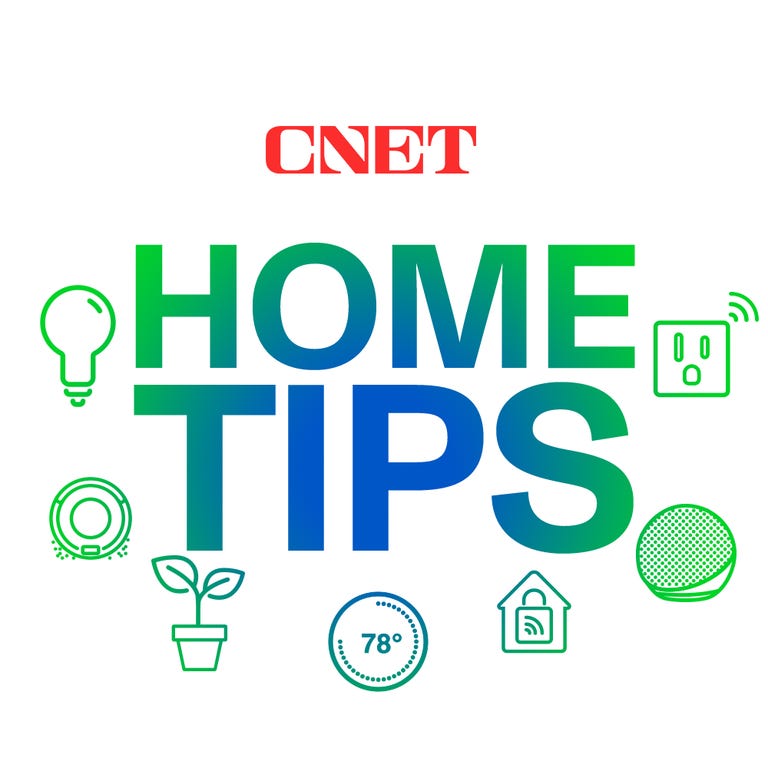Though Amazon released the first Echo smart speaker over a decade ago, CNET has been covering the smart home space for even longer. Since that time we at CNET are constantly reviewing the smart home landscape, which consists of smart lightbulbs and speakers to video doorbells and security cameras. . But, of course, there is far more smart devices than just those four categories.
Whether you’re looking to find the best products on the market, figure out how to get started, or discover how to find all the hidden features that devices like the Amazon Echo, Google Nest and Apple HomePod have to offer, we’ve got you covered with this cheat sheet.
Below, you’ll find helpful articles detailing tips and tricks for the most popular smart home brands — Amazon Alexa, Google Home and Apple HomeKit — plus a variety of articles breaking down tips on where to put your devices, how to change the device settings and even how much you can expect to spend. (Since home security, home internet and home energy content have already been compiled into their own respective cheat sheets, I’m leaving out home security cameras, video doorbells, smart locks, thermostats and routers.)
What are the best smart home devices?
With thousands of smart home devices covering a broad spectrum of types and styles, it can be difficult to even know where to begin. Whether you’re trying to find the best smart plug or outdoor string lights, there are loads of options and lists to sort through. Luckily, CNET experts have spent years testing out new tech to determine what’s worth your money and what you can probably pass on.

To start, you might want to consider brand. If you’re looking for a system that is compatible with thousands of devices, you may want to go with Amazon Alexa. Or if you’re looking for devices that can easily connect to your iPhone, Apple HomeKit may be the way to go. Here’s the best of each brand:
If you don’t care about the voice assistant technology, but are simply looking to find the best of each type of device, refer to our roundups of our favorite smart products:

Smart plugs can make any “dumb” home device smarter.
How much will a smart home cost me?
With so many smart home devices on the market, it would be easy to go overboard and spend a lot of money on different products to deck out your home completely. But you don’t have to. How much you’ll ultimately spend will depend on how many devices you get, they type of devices, and the brand you go with. But in each category there are plenty of great options from brands you may not be familiar with, but have a long lineage in the smart home space.
While it is difficult to tell you an exact number of how much it will cost for your smart home build, we’ve tried our best to give you an estimate to help you get an idea of what to expect.
Does it matter where I put my smart home device?
While you make be tempted to just put your new smart speaker or display anywhere in your home, location does actually matter. In fact, there are usually ideal places to put your devices, as well as places you should never put them.

The Apple HomePod Mini is a great gateway to starting a smart home for those in the Apple ecosystem as it gives access to Siri and is a Thread border router.
How do I figure out the settings on my smart home devices?
Some smart home devices are simple and won’t need many changes to the settings to be personalized. But others, like smart lights, can be so much more helpful if you take the time to add some customizations. For example, you can schedule them to turn on with a warm glow at 10% brightness when it’s time to wake up.
The enjoyment you get from your smart home device depends on how well it operates. That means your settings can make or break your experience. Rather than just sticking to the default settings, adjust them for better privacy, audio, notifications, and an overall more optimized experience.

Your smart device settings can make or break your experience.
Liked this cheat sheet? Check out CNET’s other complete guides:




















+ There are no comments
Add yours